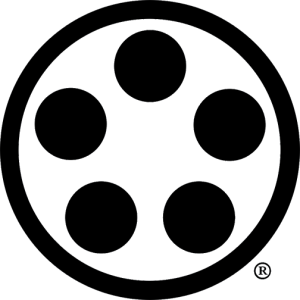Martial (ART) or (MARTIAL) Art?
So, you’re a martial artist. Are you really? Many people use the phrase for years without ever pausing to consider what it really means. Have you ever even looked the words up in a dictionary?
Martial
Martial is another word for military and Webster’s Dictionary defines the word as...
1) Relating to, or like war. 2) Relating to or connected with the armed forces or military profession. 3) Typical of or suitable for a warrior.
Now stop an think about what you do. Does it really fit all, or even any, of these definitions? Is your training like war and is it suitable for a warrior? Does it relate to the armed forces? Probably not.
In a real struggle for survival, you exert maximum effort. Do you do this in the dojo? Are you training harder than you expect to fight? The classical military doctrine is, “In time of peace, prepare for war,” and preparing for war hurts.
If your art is suitable for a warrior, and your school is located anywhere near a military base, just how many professional soldiers do you have in your membership? (Eighteen-year-old privates don’t count.)
Professional soldiers tend to be recognizable even in civilian clothes: it has to do with their posture, attitude, and a generally conservative mode of dress. Do people ever ask you what branch of the service you are in?
Two thousand years ago, Roman soldiers spent a lot of time polishing their armor. Modern soldiers do the same thing. How much time to you spend? Are the creases in your hakama like knife blades? Do you look like you should be standing in a formation of Marines, or do you look like a rag-bag?
What I’m trying to get across here is very simple...
THIS IS NOT A GAME!
If you treat the martial arts as an avocation, you are missing something very, very important. This is the twenty-first century, and it seems just a bit silly to study swords and other archaic weapons. It is silly if that’s all you do. The purpose of the training, however, is not just to learn about ancient and outmoded methods of combat. If you train properly you are supposed to be developing a warrior spirit, and that hasn’t changed in ten thousand years.
ART
Getting back to Webster’s, you will find a lot of definitions for art. The applicable one is...
“Production of the beautiful in a graphic or plastic medium.”
At first, this may seem to have little relationship to the craft of a warrior. That, however, is only from the Western viewpoint. Japan has long had a tradition of the warrior-poet.
“One was born a samurai and remained samurai until death.”
The difference lies in the differing concepts of military professionalism. In the West a person enters the armed forces as a teenager and retires after twenty or thirty years. In ancient Japan, on the other hand, one was born a samurai and remained samurai until death. And, to the samurai, war was not just a profession, it was a way of life.
Any tool of war, once it becomes highly developed, tends to acquire beauty. Compare, for example, an F-111 with a biplane from WWI. This evolvement towards beauty is true of techniques and people, which are also tools of war.
The emotion that a pilot feels when he sees an exotic new airplane for the first time is much akin to what you feel when you see a fine old sword. The same feeling should occur when either of you witness a perfect technique.
When a person devotes a lifetime to anything, it soon gets past what an average person would regard as its natural limits. And a martial art becomes a martial way.
BUDO
Budo is supposed to be a martial art, which means that it is a blend of both war and beauty. It should be equally at home on the battlefield or in the art gallery. And so should you.
Exactly what the balance between martial and art is, is a matter decided by the individual instructor. Some teachers stress the combat efficacy of their style, while others stress its artistic merits. In either case, both martial and art should be present in some degree. A teaching that has neither combat application nor beauty is not a martial art.
The ultimate goal of budo is not to teach you the techniques of war or to make you an artist. The goal is to give you a martial spirit, Japanese style. And that means you are to become a warrior-poet. The process is not always enjoyable: there is a lot of sweat and pain and frustration. But, if you follow a true budo, it soon becomes totally addictive.
The End


